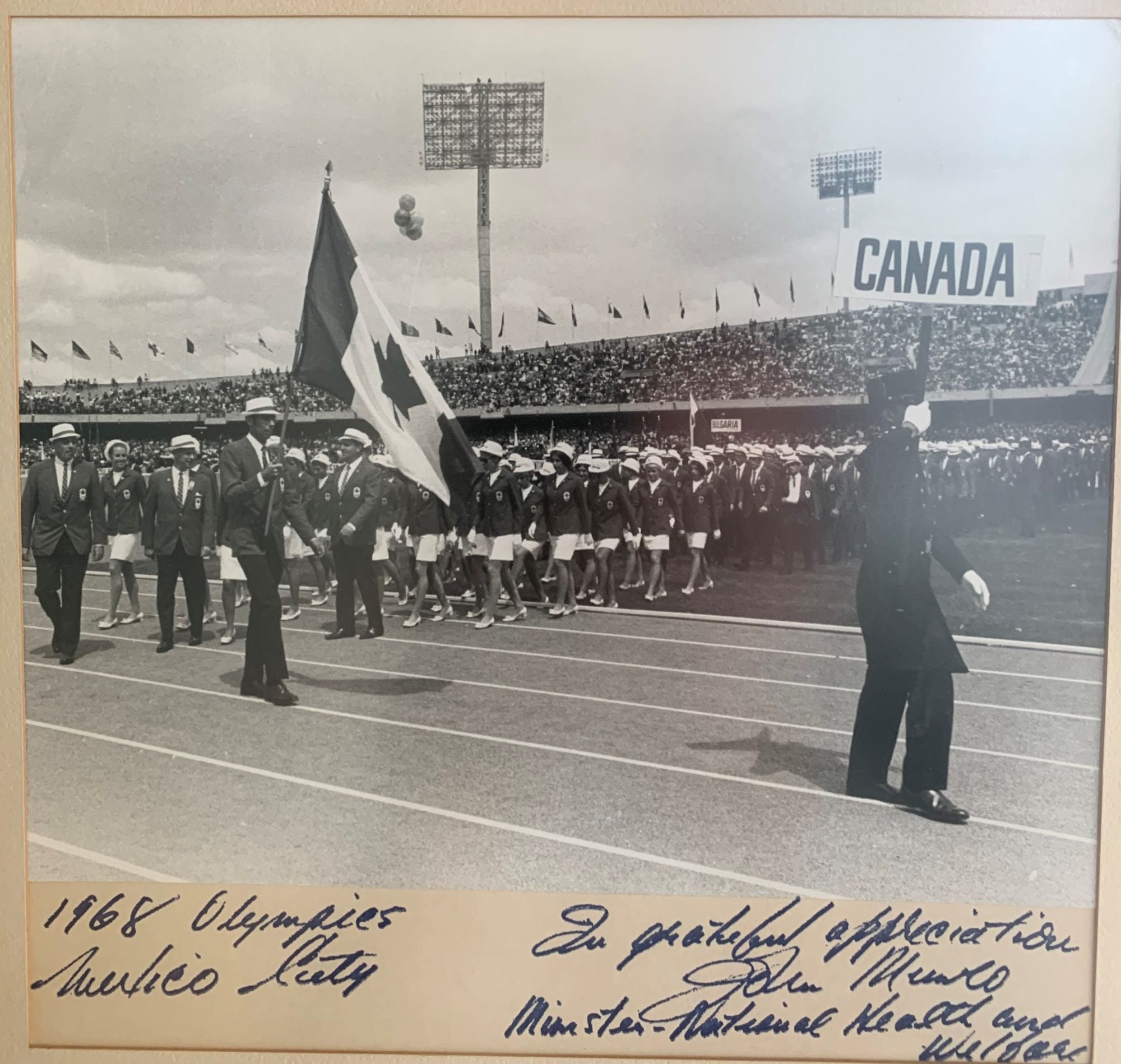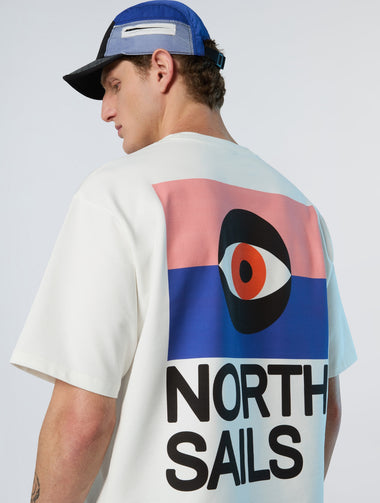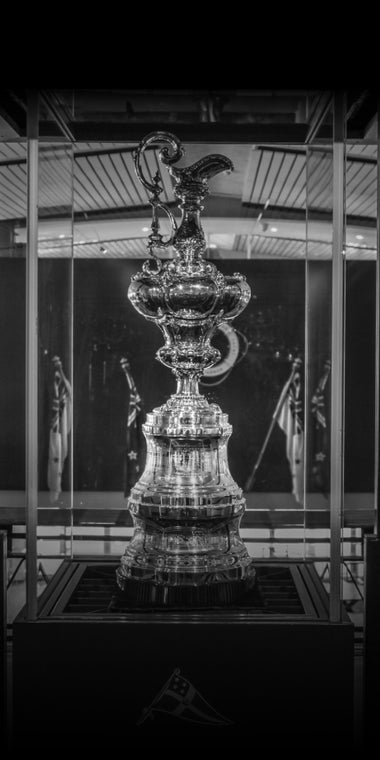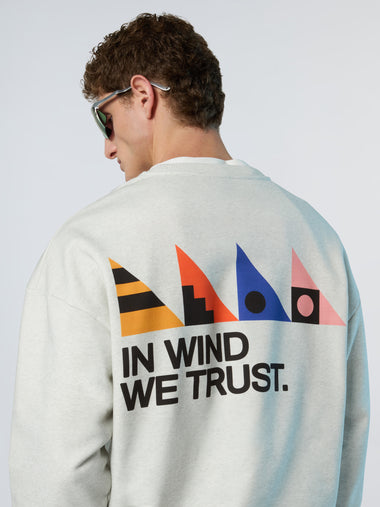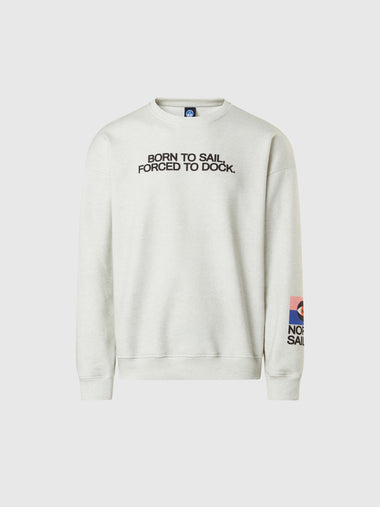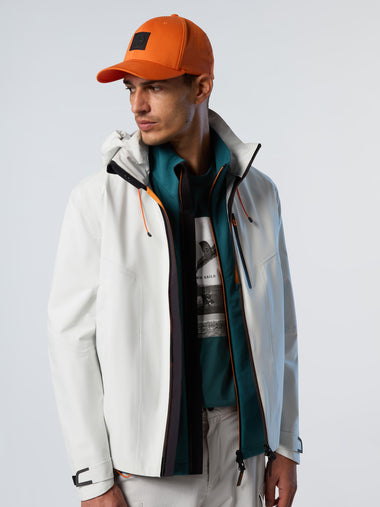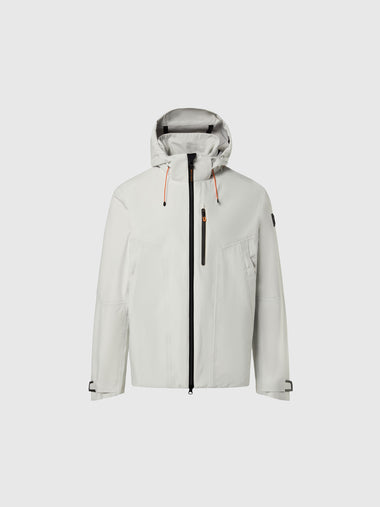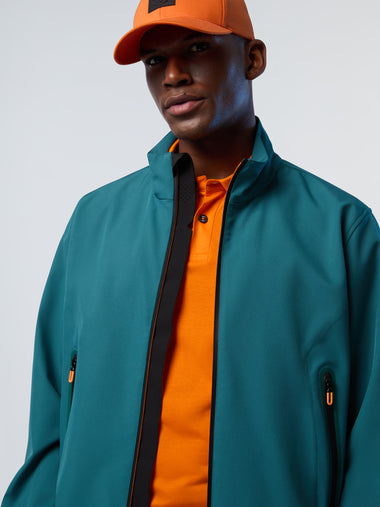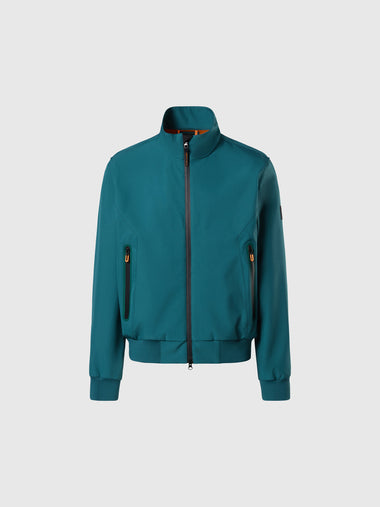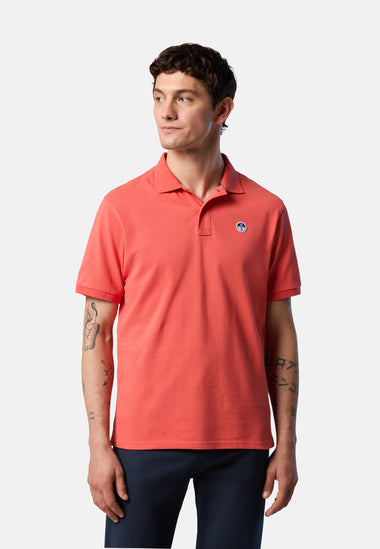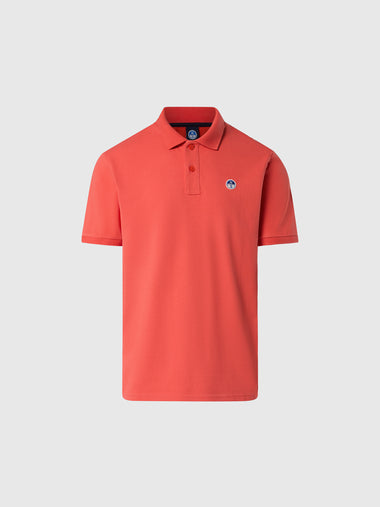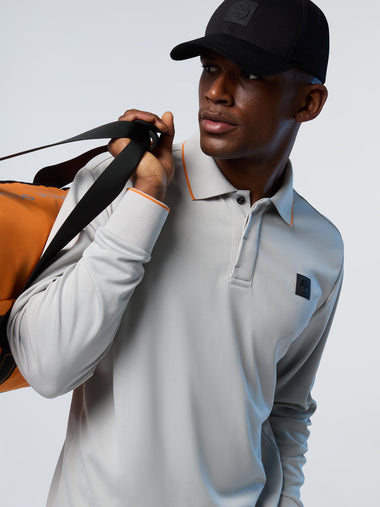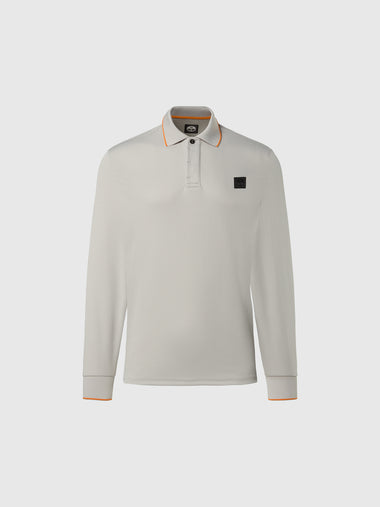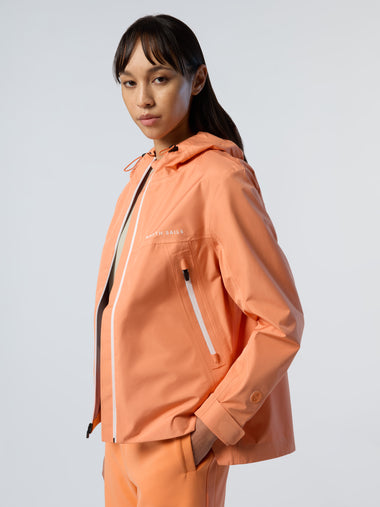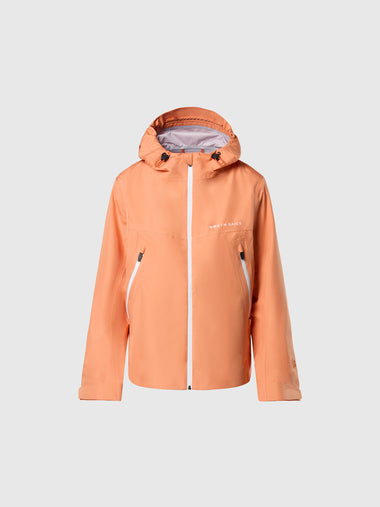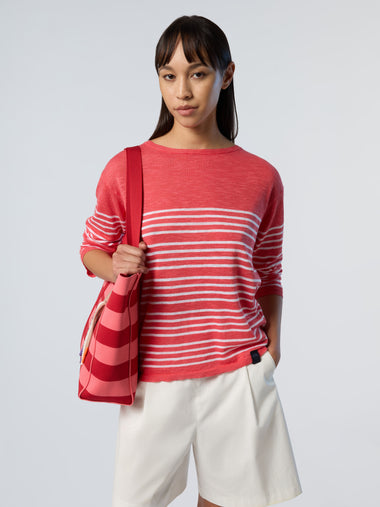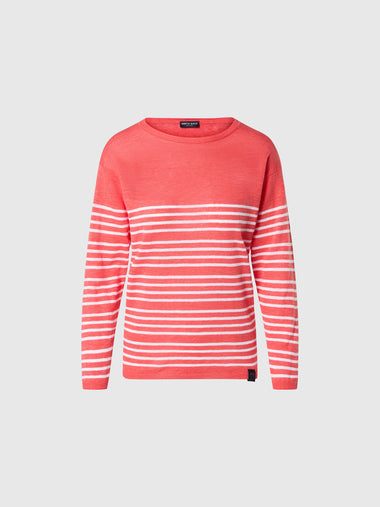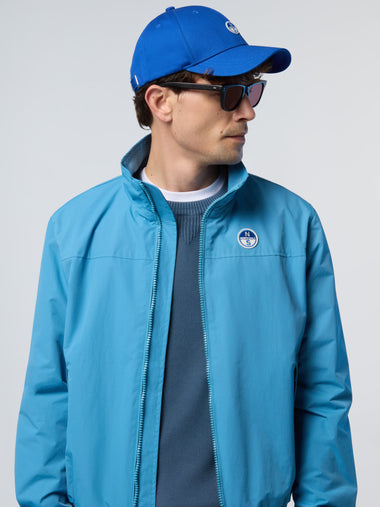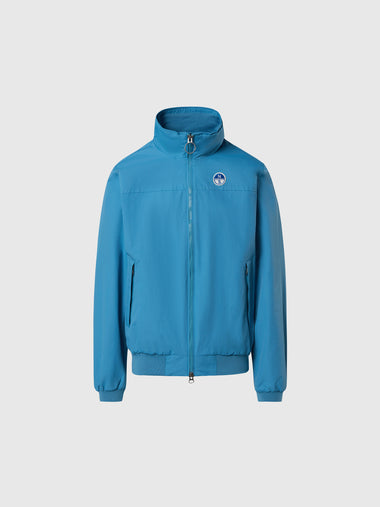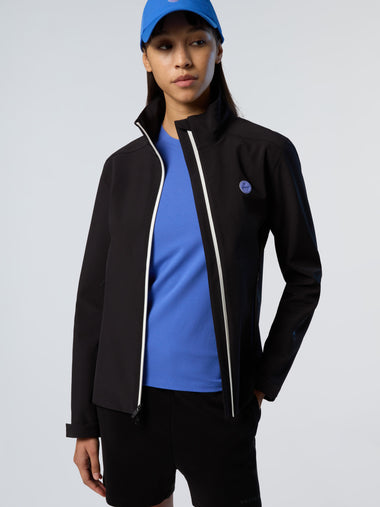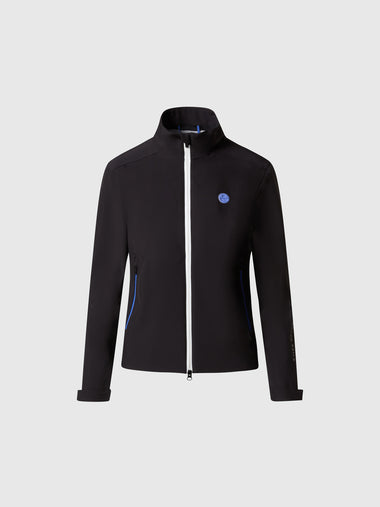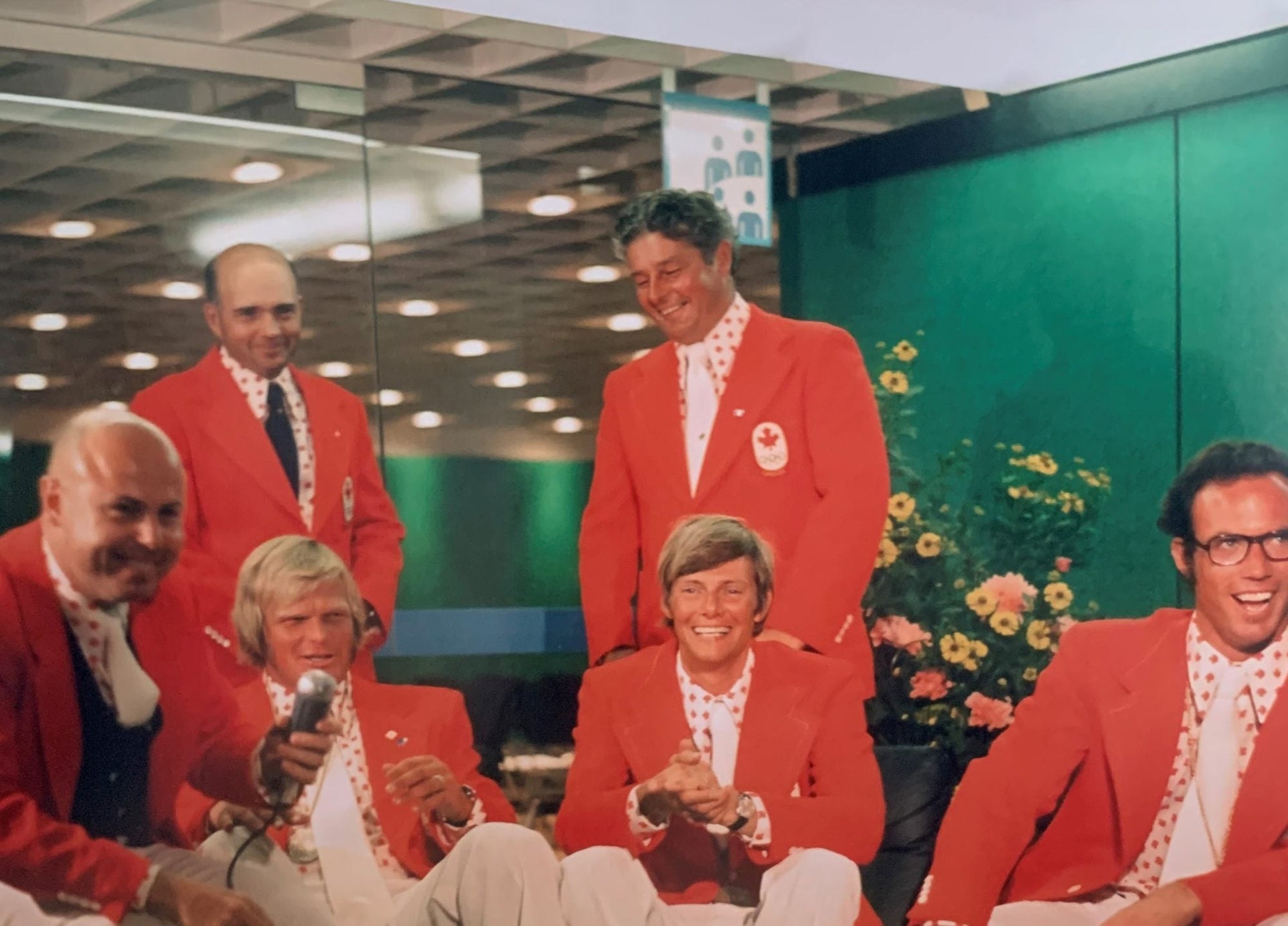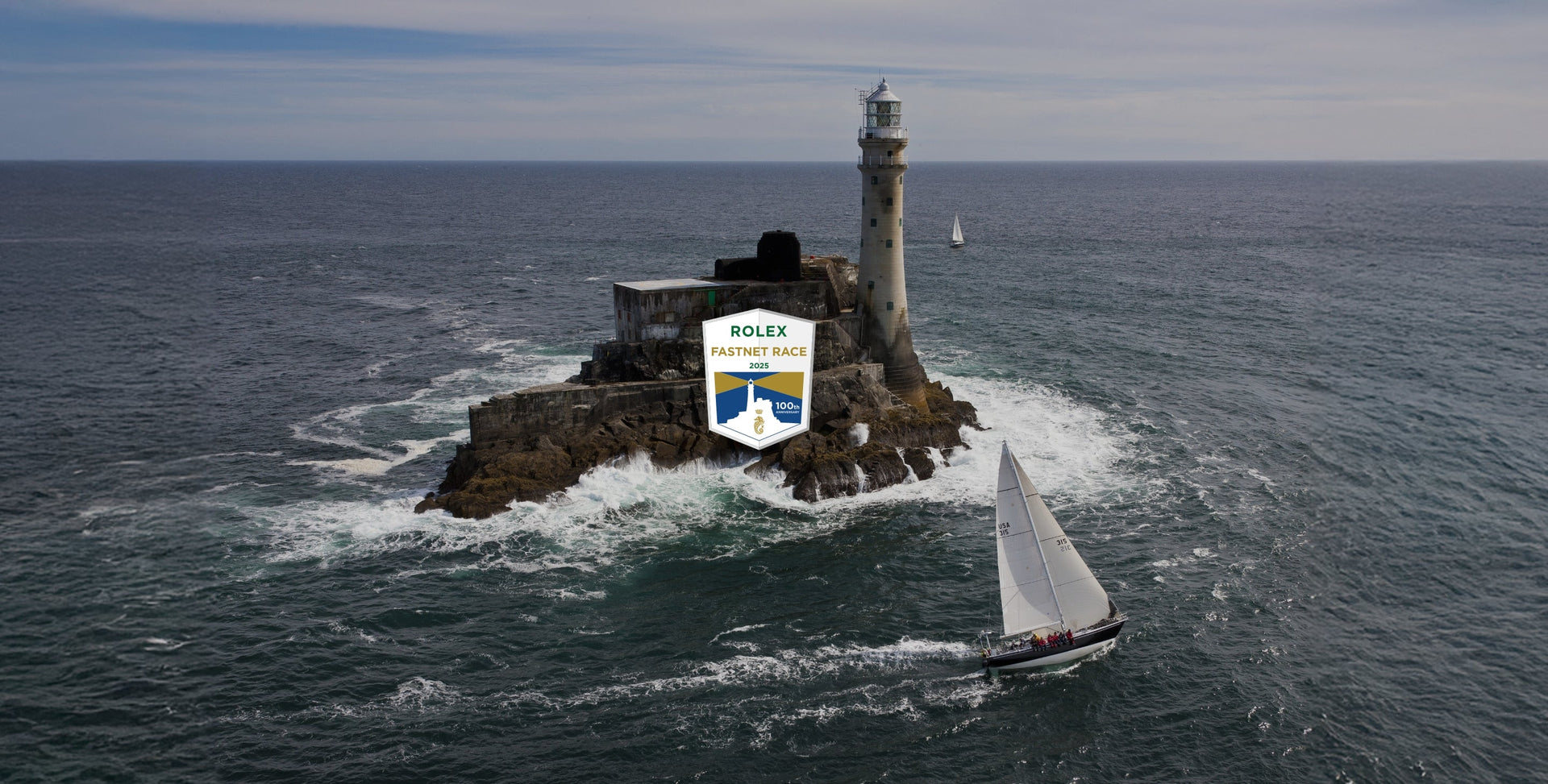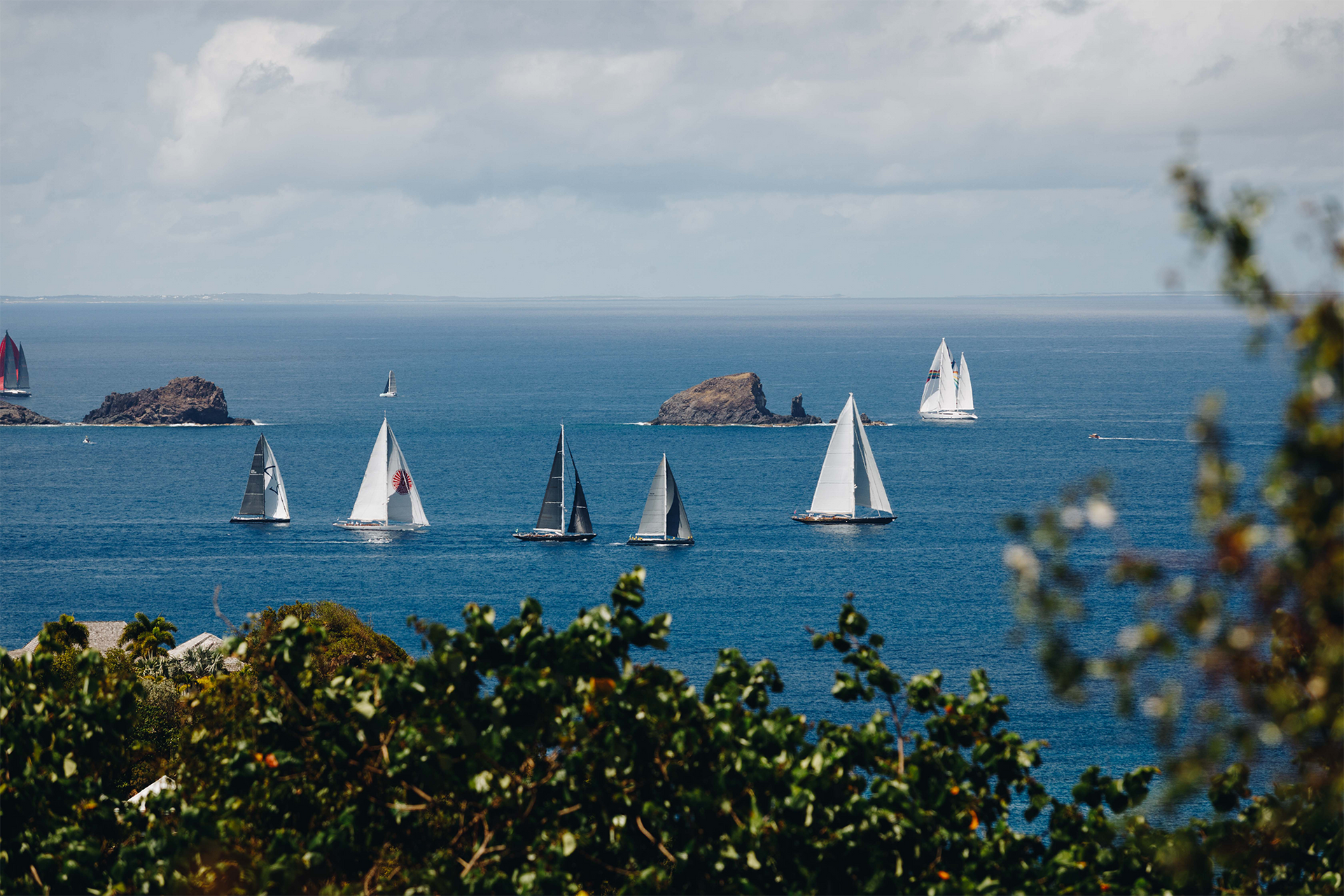A SAILING LEGEND: DAVE MILLER
A SAILING LEGEND: DAVE MILLER
Local Vancouver Resident Makes Big Splash In Sailing
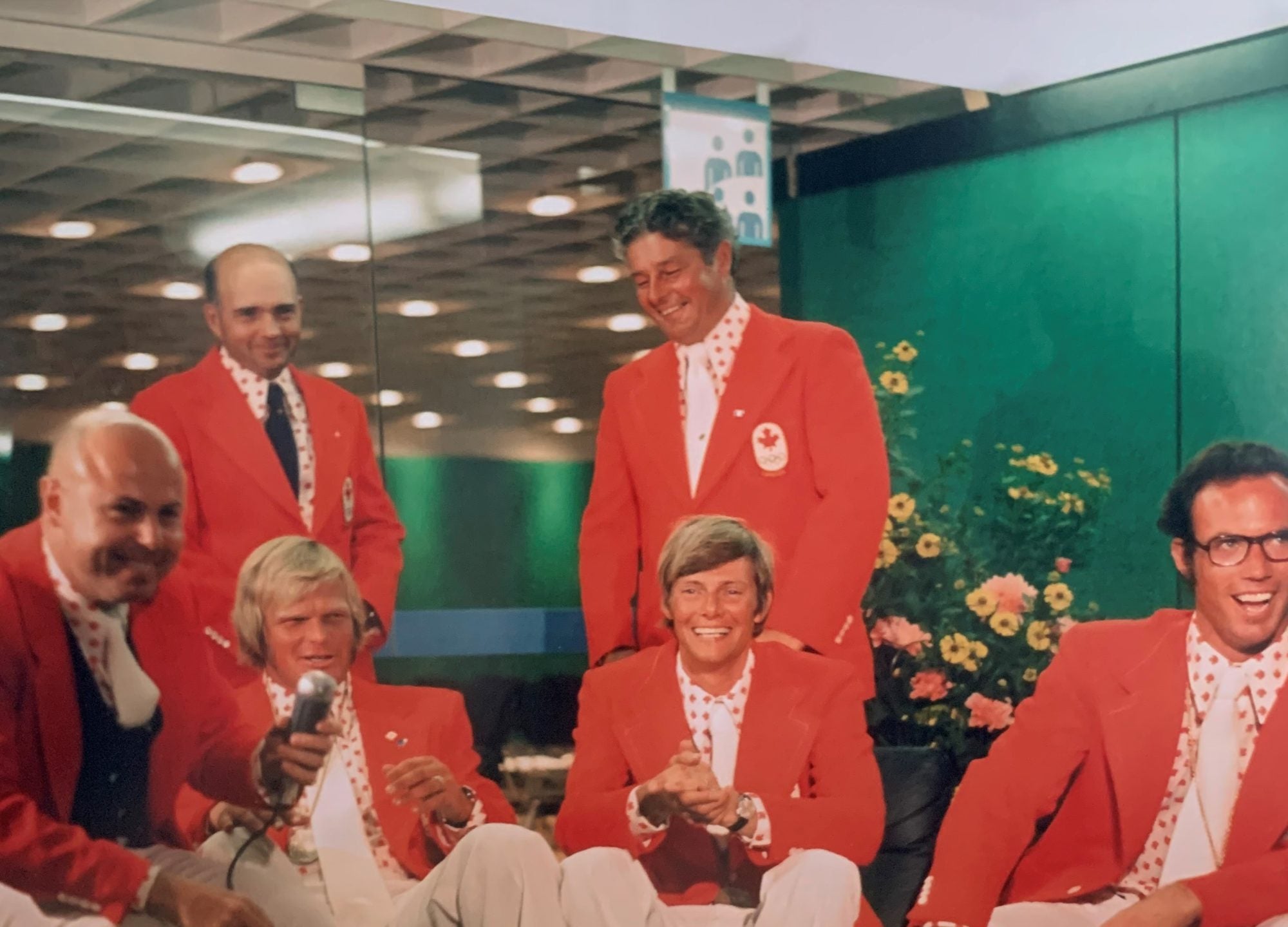
Dave Miller was born in 1943 in Vancouver and since then has created a life impacting the sailing world both locally and globally. His Olympic results include 7th place in the Star Class at the 1964 games in Tokyo, Japan, 4th place in the Dragon Class at the 1968 games in Acapulco, Mexico and Bronze at the 1972 games in Germany in the Soling class. His offshore racing includes t
wo Admirals Cup in England, Sardinia Cup, Kenwood Cup in Hawaii, SORC in Florida, Vic-Maui and TransPac. His Canadian North American and World Championships include 1st North American Junior (Sears Cup) in 1960, 1st at Geary 18 North American Champion in 1960, 1st in 19731 at the Albacore North American Championships and 1st at the 1984 Dragon North American Championships. He has been elected to the Inter Collegiate Hall of Fame in 1973 and British Columbia Sports Hall of Fame in 1989.Most recently though, he has been inducted into the Canadian Sailing Hall of Fame. Dave shares with us his story of sailing and sailmaking.
Where did you grow up sailing/home club?
Our home was only a 6 block walk from RVYC and so you could say I started going to the club pushed in a pram by my Mother. My Dad and Uncle joined in 1936. I officially joined in 1954 and started racing that same year and also started sailing in the junior sail program.At what age did you start sailmaking?
My Dad and Uncle started making their own sails in the late 1940’s and decided to start their own sail loft in 1950, Miller Brothers Sails. So as I grew up I started working in the loft part time as I went through University, UBC- Commerce.Who did you look up to in the sport while you raced?
There are so many great racing sailors out there but I think Paul Elvstrom would have to be at the top of my list. Four successive Olympic Gold Medals as well as World Championship titles in seven of the most competitive of the international classes. Close behind would be Buddy Melges, one of the most natural sailors anywhere. Gold Medal in the 1972 (soling) bronze in the 1964 Olympics. Dutchman two time star class World Champion. Three time 5.5 meter world champion and numerous ice boat championships. And he won the America’s Cup.Which America’s Cups were involved in?
Played a role as a coach for the two Canadian America’s Cup efforts. In 1983 helped out with Canada in Newport R.I. and in 1987 helped before the boat was shipped to Perth for the American’s Cup.You owned the first North Sails Loft in Canada. Why do you think North Sail decided to choose Miller Brothers Sails to purchase?
Well it’s an interesting story and all comes down to the albacore dinghy. After winning the bronze medal in solings at the 1972 Olympics, which were sailed in Keil Germany, I got a call from the Albacore Dinghy Association. They wanted to invite myself and three others to come and race in the 1973 North American Championships in Ottawa. They thought it would bring some interest to the class and the event. As well as myself they invented Peter Barrett who was running one of the NOrth Lofts out of Wisconsin and was an Olympic Gold and silver medalist (crewed with Lowell North in the 1968 Olympics); Bill Shore, lightning world champion and Bruce Kirby, top dinghy racer and yacht designer. I asked Steve Tupper if he would like to crew, I sailed with Steve in the 1968 Olympics and he said it sounded like fun. I barely know what an Albacore looked like and had never sailed one. We found out they had some over at the Holyburn Yacht Club so we thought it would be a good idea to see what they are like. There was Hardly any wind, we drifted around for about an hour and then came ashore. The next thing I could not go to a Regatta with someone else's branded sails so I got the rules out and made a set of Miller Sails. Well you know what happened, there were 58 boats and we won the regatta! Peter Barrett was second. About a week later, back in Vancouver I got a call from Peter Barrett asking if I would like to start up North Sails in Canada.How long did you run North Sails Vancouver with your wife Marcia?
Marcia started working for North Sails in 1981 and worked with me till we retired in 2010. She was perfect for the job, bright, organized and wonderful with people. The loft was very fortunate to have her “running the show!”How Long was North Sails Vancouver a Production Facility?
In 1974 North bought out Miller Sails. The loft was on Hamilton Street in Downtown Vancouver and stayed there till 1979. At that time the company moved to its current location in Richmond. It continued to produce sails till 1983 at which time the company decided to centralize production so the loft became a sales and service facility.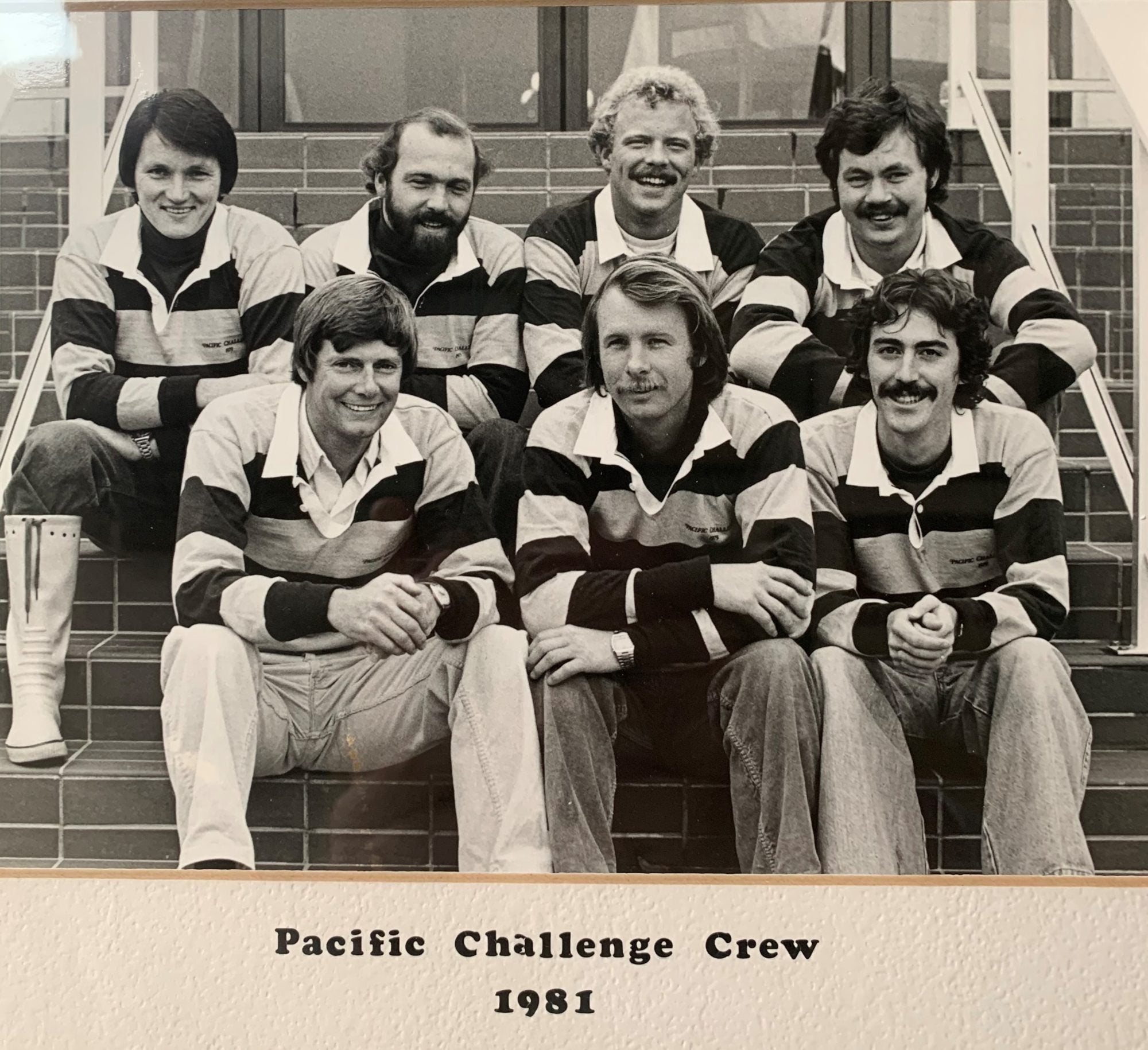
Sailmaking has changed drastically since you started. What was the biggest game changer you saw in the industry?
There have been a lot of changes to sailmaking over the years. Fabrics have developed, sail design has advanced and construction has changed. To0 me the big game changer was the introduction of moulded sails which North called 3DL. Sails were now made by laying fibers over a full size mould. An advancement of this has been 3Di which is currently the best for controlling shape. A little bit of nostalgia on how Miller Sails made some very large sails for the Navy’s 90’ Oriole. Because the sails were so large we could not lay them out at the loft so we ended up laying them out at the Forum Ice Rink. To hold the fabric in place we would press the palm of our hand on the fabric, the ice would melt and then when we lift our hand up it would refreeze hold the cloth in place. How low tech is that.What was your most memorable accomplishment as a sailor?
There is no doubt that my most memorable accomplishment was winning the bronze medal at the 1972 Olympics. The Olympics is special, only held every 4 years and only one person per country. It is not easy to medal and that makes it so special.What was the most challenging event you had as a sailor and how did you deal with it?
My most challenging time, well I have had a few but think about an incident while doing the Southern Straits Race on Roy Hossack and Bill Longs J36 HARWAR GOES TO THE TOP. We had just finished rounding Ballenas Island. It was blowing really hard from the west, gusting in the 35-40 knot range. We were on starboard tack and rapidly closing on the shore. I decided to jib the boat and got all the crew to get as low as possible. My plan was to then turn the boat quickly and the main would jibe on its own. Well I turned the boat as fast as I could, the main slammed over but the problem was that the main sheet caught the steering pedestal. It ripped the compass off into the water and the pedestal got bent forward 3-4”. Bottom line I should have tack jibbed rather than jibbed. Fortunately no one was hurt but it was a lesson learned.What was your favorite regatta in the PNW Pacific NorthWest?
I would say swiftsure would be my number one race. Challenging winds and currents, great scenery and large numbers of boats. It was alway fun! Favorite regatta was Whitby Island Race Week. It was a location that worked for both Canadian and American boats and alway had a good turnout.Why has North Sails become the industry Leader?
Its always been about getting the best people. Lowell used to refer to his sailmakers as”Tigers”. They were a collection of some of the world's top sailors and bright minds. The company was always pushing for some better design or process.When 3Di was introduced did you think it would be as successful as it is?
I remember at one of our managers meetings Jay Hansen brought a proto type of a 3DL sail to the meeting for us to see. When we saw it I think we knew it was going to be special. As they say a real “game changer” and it was.Are you still involved in racing?
As much as I loved getting out there on the race course the time has come for me to “hang up my wet gear”. I do get out and do the odd local race, subject to the weather of course!What advice would you give to the next generation of young sailors looking to go to the Olympics or sail professionally?
First you really need to have a love for this sport. That passion needs to be there. Assuming you have that then learn all you can- boat handling, rules, tactics ect. Then get out there and see how high you can go!